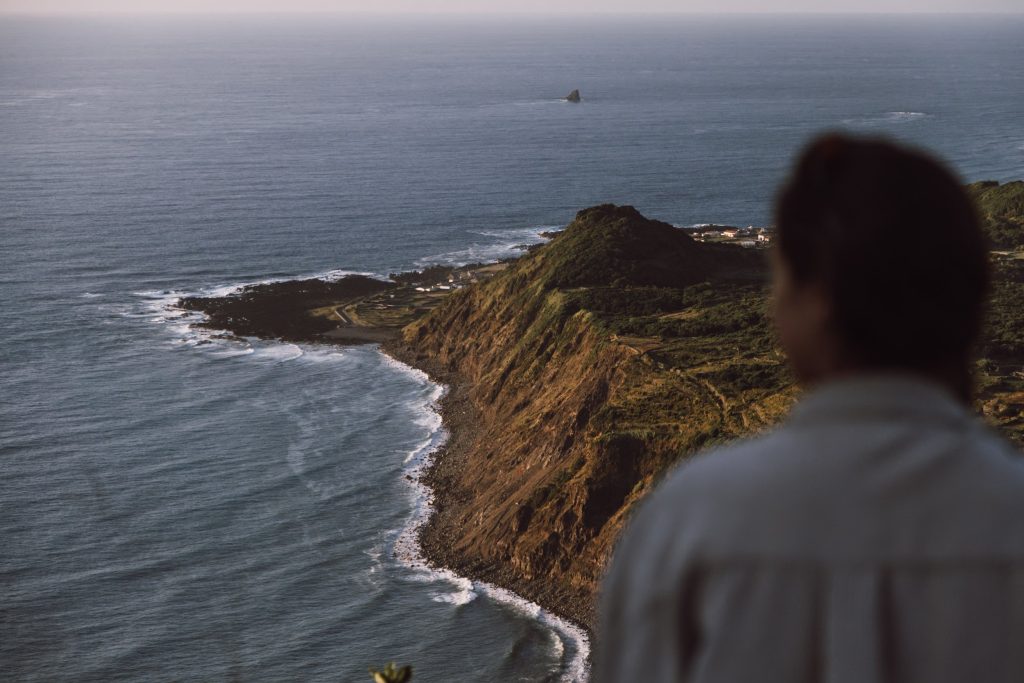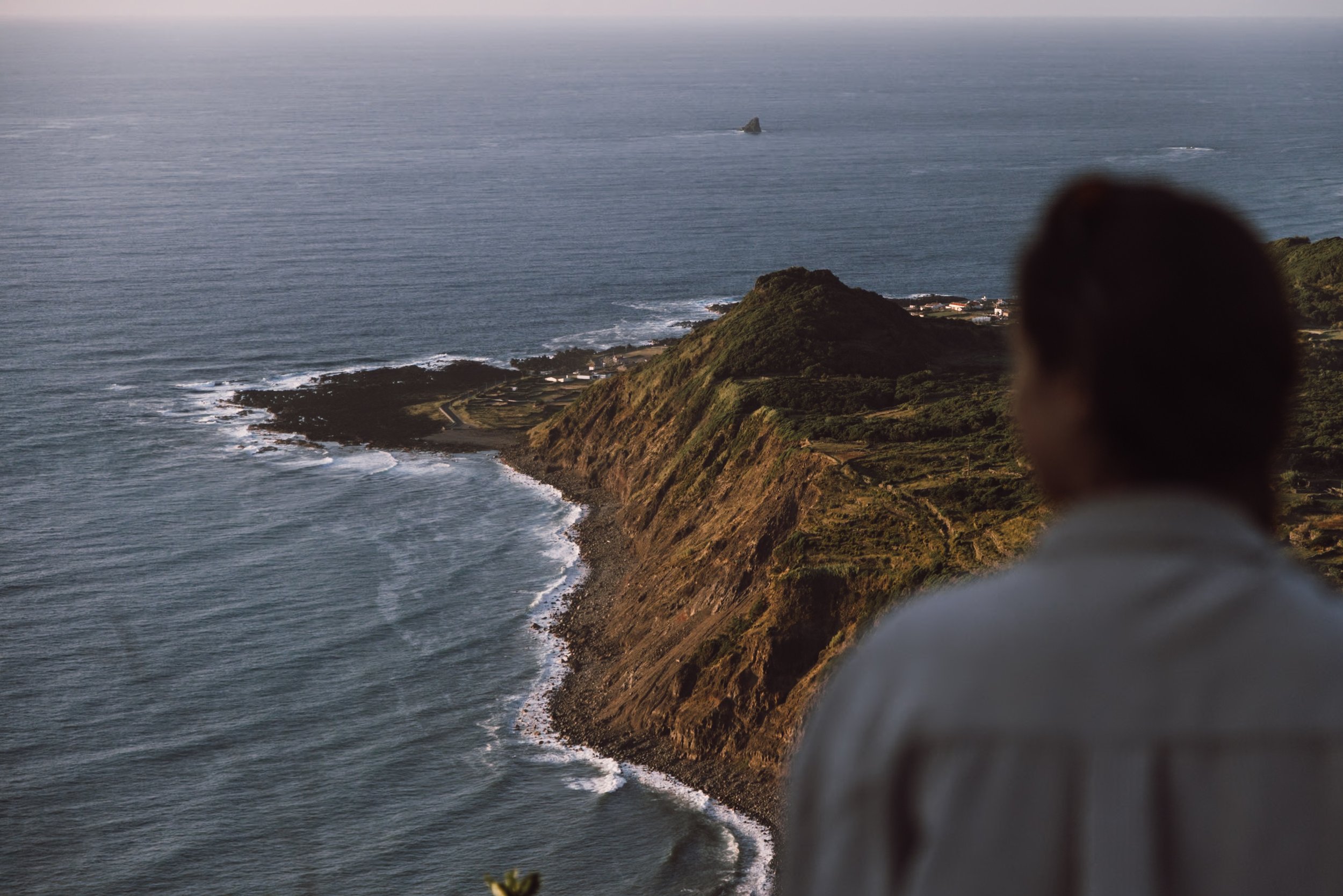
Enchanting Underwater Images Showcasing Unique and Threatened Marine Species in the Azores

### Orcas and Other Extraordinary Marine Life in the Azores: A Conservation Triumph
Nestled in the mid-Atlantic, the Azores is an archipelago composed of nine breathtaking islands, functioning as an autonomous region of Portugal. Renowned for their verdant landscapes and volcanic origins, these islands are also a crucial refuge for marine life. The surrounding waters, bursting with biodiversity, host an array of species—including orcas, sperm whales, sharks, sea turtles, and numerous others. This vibrant marine ecosystem has greatly benefited from extensive conservation initiatives, such as the creation of marine reserves that shield wildlife from poaching and guarantee a rich habitat.
Marine biologist and photographer [Jeroen Hoekendijk](https://www.instagram.com/jeroen_hoekendijk_photography/) recently dedicated a week to investigating these unspoiled waters. Armed with special approvals from local authorities, he enjoyed the rare chance to closely observe and document this mesmerizing underwater realm. His photographic expedition showcases a stunning view of marine ecosystems when humans honor and safeguard them.
### The Azores: A Flourishing Marine Refuge
The Azores have evolved into a haven for marine species, primarily due to extensive conservation measures enacted over the years. Among the archipelago’s most emblematic inhabitants are the sperm whales, the largest of the toothed whales and the dominant predators of these waters. With some individuals reaching lengths of up to 60 feet, sperm whales can dive as deep as 2 kilometers to hunt for their favorite prey—giant squid. Once hunted in the Azores until a ban was enforced in 1984, these magnificent beings have since made a remarkable recovery.
For Hoekendijk, one of the trip’s most thrilling moments was the sighting of a young sperm whale calf. Typically, sperm whale calves remain near the surface while their mothers dive to forage. In this instance, the calf, approximately 16 feet long despite being only a few months old, exhibited enough curiosity to approach the photographer.
“Calves generally linger at the surface while their mothers feed on giant squid at great depths,” Hoekendijk recounted. “After I entered the water, I started making clicking sounds through my snorkel, mimicking the sperm whales’ communication. The calf appeared to respond and gradually moved closer to me. Having a face-to-face encounter with a curious sperm whale calf is unquestionably a once-in-a-lifetime experience!”
### Orcas and Other Majestic Encounters
While the sperm whale calf was a source of fascination, it wasn’t the sole memorable aspect of Hoekendijk’s adventure. Another extraordinary sighting involved a pod of orcas, commonly labeled as “killer whales.” These highly intelligent marine mammals occasionally visit the waters surrounding the Azores. Orcas occupy a dominant position in the oceanic food chain, and their interactions with the environment highlight the complexity and equilibrium of life within marine ecosystems.
In addition to orcas, Hoekendijk came across an array of other rare species, including Atlantic spotted dolphins and sei whales, the latter known for being one of the fastest swimming whales, capable of reaching speeds up to 30 miles per hour. He also encountered false killer whales—distinct from orcas but often confused with them due to their sleek dark appearance. These animals, elusive and rarely spotted in these waters, are lesser-known social predators with sophisticated communication systems.
Another highlight of Hoekendijk’s observations was an endangered loggerhead turtle. Loggerhead turtles, recognized for their extensive migrations across vast oceanic stretches, find essential feeding and breeding areas in the Azores. Spotting one in its natural environment is a privilege, as their populations have steadily dwindled over the years due to human influence, pollution, and poaching.
### Conservation: The Key to Marine Life’s Revival
The photographs captured by Hoekendijk poignantly remind us of the beneficial effects that conservation can exert on marine life. The Azorean government’s safeguarding of large ocean areas has enabled diverse species to prosper without the threat of human interference. This emphasizes the necessity of preserving our oceans for generations to come, illustrating that when ecosystems are effectively managed and protected, wildlife can thrive as nature intended.
Sperm whale populations exemplify a success in conservation. Once significantly diminished by whaling practices, concerted efforts to safeguard them have resulted in their gradual resurgence. The hunting ban in the Azores in 1984 led to a rebound in the sperm whale population. Decades later, we are now able to observe young sperm whale calves in their natural habitat, a testament to the effectiveness of protective measures when rigorously enforced.
### Looking Ahead: Insights for the Future
Hoekendijk’s vivid portrayals of Atlantic marine life contribute to an expanding body of work that underscores the significance of sustainable ocean management. His breathtaking images act as a catalyst for increased conservation, motivating viewers to honor the fragile balance of marine ecosystems—and